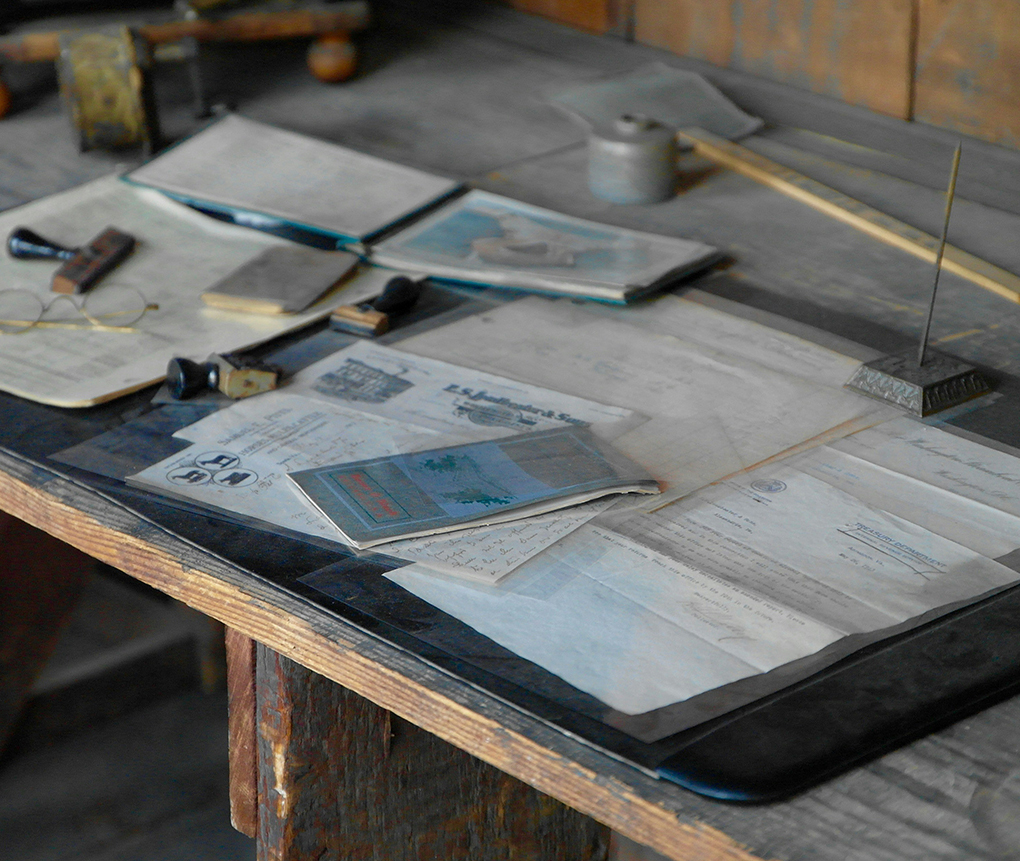Nature writing, a genre rooted in deep observation and connection with the natural world, has long served as a bridge between humanity and the environment. In today’s digital age, however, the way we engage with nature—and write about it—has evolved dramatically. Technology and social media bring new challenges to this age-old practice but also open doors to fresh opportunities for creativity, connection, and advocacy.
As a writer and teacher of nature writing, I think a lot about how the digital age is shaping the world of nature writing, from its challenges to its untapped potential. Let’s explore these.
The Challenges of Nature Writing in the Digital Age
1. Disconnection from Nature
The very technology that enables writers to share their work can also pull them away from the natural world.
- Screen Time vs. Green Time: Writers often find themselves glued to screens rather than immersed in the environments they seek to describe.
- Overwhelm of Digital Noise: The constant barrage of notifications and online distractions makes it harder to cultivate the quiet reflection necessary for thoughtful nature writing.
2. The Pressure to Perform
Social media platforms like Instagram and TikTok have turned many writers into content creators, where visibility depends on aesthetics and algorithms.
- Focus on the Visual: Instead of richly layered prose, the focus often shifts to capturing the perfect photo or crafting a snappy caption.
- Instant Gratification Culture: The demand for quick, shareable posts can clash with the slow, contemplative process of traditional nature writing. I hope I have been a role model to writers in this area as I have identified areas of discomfort. I am not a digital performer but a contemplative artist. I am careful about guarding my creative space and privacy to cultivate thoughts and ideas.
3. Dilution of Authenticity
With so much nature-related content online, the genre faces risks of inauthenticity.
- Over-Curated Perspectives: Some creators may romanticize or exaggerate their connection to nature for likes and shares, diluting the authenticity of the genre.
- Shallow Engagement: The brevity of digital formats can lead to surface-level observations rather than deep, meaningful explorations.
The Opportunities for Nature Writing in the Digital Age
1. Amplifying Voices and Reaching New Audiences
Technology provides unprecedented access to global audiences.
- Blogging as a Platform: Nature blogging allows writers to share personal essays, reflections, and field notes with readers worldwide, fostering a sense of community and shared appreciation for the environment.
- Social Media Advocacy: Platforms like Twitter and Instagram can be powerful tools for environmental advocacy, using snippets of nature writing to inspire action. It needs to be authentic.
2. Multimedia Storytelling
Digital tools offer new ways to enhance the storytelling experience.
- Incorporating Visuals: Photographs, videos, and even audio recordings of natural sounds can complement written work, creating a richer narrative.
- Interactive Formats: Tools like GIS mapping, interactive timelines, or augmented reality can bring readers closer to the landscapes being described.
3. Reviving and Expanding the Genre
The digital age has sparked new subgenres and innovative approaches to nature writing.
- Urban Nature Writing: Writers are exploring how nature thrives in unexpected urban environments, broadening the genre’s scope.
- Climate Change Narratives: With environmental issues taking center stage globally, nature writing now often intersects with science communication and activism.
- Collaborative Projects: Crowdsourced initiatives, like collaborative blogs or digital anthologies, allow writers to contribute to larger, collective projects.
Striking a Balance: Tips for Writers
Navigating the challenges of the digital age while embracing its opportunities requires balance. Here are some practical tips for nature writers:
- Create Digital Boundaries: Schedule “tech-free” outings to immerse yourself fully in nature without distractions.
- Use Technology Mindfully: Leverage apps and tools for research and documentation but let observation and writing take center stage.
- Experiment with New Media: Explore ways to enhance your writing with visuals or sound but ensure they support rather than overshadow your words.
- Engage Authentically: Share your true experiences with nature, even if they’re messy or imperfect. Authenticity resonates with readers.
- Advocate Through Your Work: Use your platform to raise awareness about environmental issues, blending art with activism.
- Mentors and Workshops: Find a teacher and/or writing community to help you stay focused on your writing roles and goals. Online Creative Nonfiction Writing Courses | Kathryn Aalto
The Future of Nature Writing
As technology continues to evolve, so too will the genre of nature writing. While challenges like digital distraction and superficiality must be addressed, the digital age offers writers an incredible opportunity to connect with readers, experiment with formats, and amplify their message of stewardship for the natural world.
Nature writing has always been about observing, reflecting, and sharing. In the digital age, these core practices remain essential—but they now come with tools to inspire action on a global scale while posing distractions to the nature writer who is not careful about curating an intentional writing practice.
Are you ready to embrace the challenges and opportunities of nature writing in the digital age?
If of interest, read how women have done this in my book Writing Wild: Women Poets, Ramblers, and Mavericks Who Shape How We See the Natural World and consider exploring these topics in my upcoming nature writing courses, where we’ll navigate the changing landscape of writing and find our authentic voices in a noisy world.
